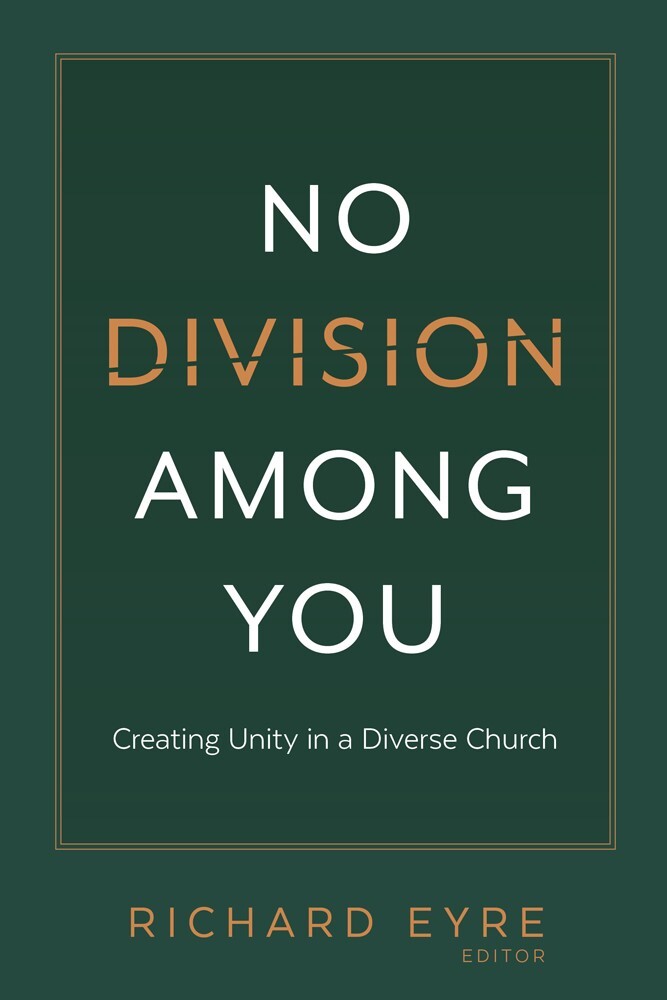No Division Among You is a collection of 14 essays from diverse thinkers who address the need for Latter-day Saints to find unity at church. We recently asked the book’s editor, Richard Eyre, about this exciting project and also about his own career and faith.
What do you enjoy doing with your 34 grandchildren?
Linda and I take those who have turned 12 in the last two or three years on a motor home trip. It’s always special because it’s just them and us and the road, so we have lots of time to talk. I love getting grandkids in small groups like this, without the parents, where we can really get to know them without a lot of distractions or screens or social media.
Your career started in politics. How did you end up as a writer?
At one point I was getting ready to run for the US Congress, but just weeks before announcing my candidacy, we were called to serve as mission leaders in London. We were really young; I was 31 and just six years out of Harvard. Linda was 28, and we had four small kids.
On our mission, we discovered that both the best and the worst things about our 600 missionaries’ lives were always traceable back to their families. So we decided, during those three years in England, that our passion was going to be helping families, and when we came home, I closed my political consulting company and we started writing books on parenting and life balance.
As New York Times bestselling authors, you and Linda have been on national TV shows, including Oprah, the Today Show, and CBS This Morning. You always write and speak together. What do you like about working together?
We have always felt that we compensate for each other’s weaknesses. We’re very different in how we see things. I’m analytical and logical, and Linda is intuitive and better at telling stories than I am. For 40 years now we have been writing and speaking together. What I leave out, she thinks of, and what she might miss, I add; we think that makes us a good team.

How do diversity and unity relate to one another?
The deepest meaning of unity is the bringing together of diversity. The theme of this new book is that unity and diversity are not enemies or opposites—they are the very things we’re trying to merge.
I don’t want my unity with others in the Church to be conditional, where in order to be unified, I’ve either got to convert someone else to my way of thinking or vice versa. I want people to be who they are, but to be united by our shared spiritual beliefs. In the Church, the things that unite us are so much bigger and longer lasting than the things that divide us. All of our differences pale in comparison to our shared belief in heavenly parents, the Restoration, and the power of the Holy Spirit. Those beliefs are so profound, and if we focus on them, we can be united even though we may disagree on a lot of less important things.
What does it mean to you to overcome the world and find rest in Jesus Christ?
We have a saying we use a lot in the Church, “Being in the world but not of the world.” A lot of people interpret that to mean that we should remove ourselves from the world as much as we can—escape the world and avoid it. But if you’re not in the world, how are you going to do any good? How are you going to make a difference? You don’t overcome the world by getting away from the world. You overcome the world by being involved, engaged, and present in the world, but not letting worldliness overtake you.
▶ You may also like: Craving connection? Follow these 3 Christ-centered principles


